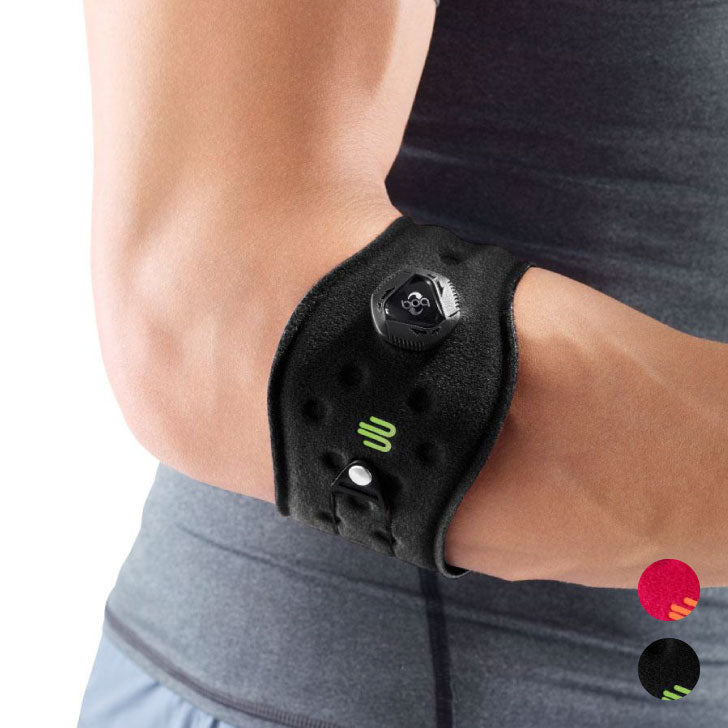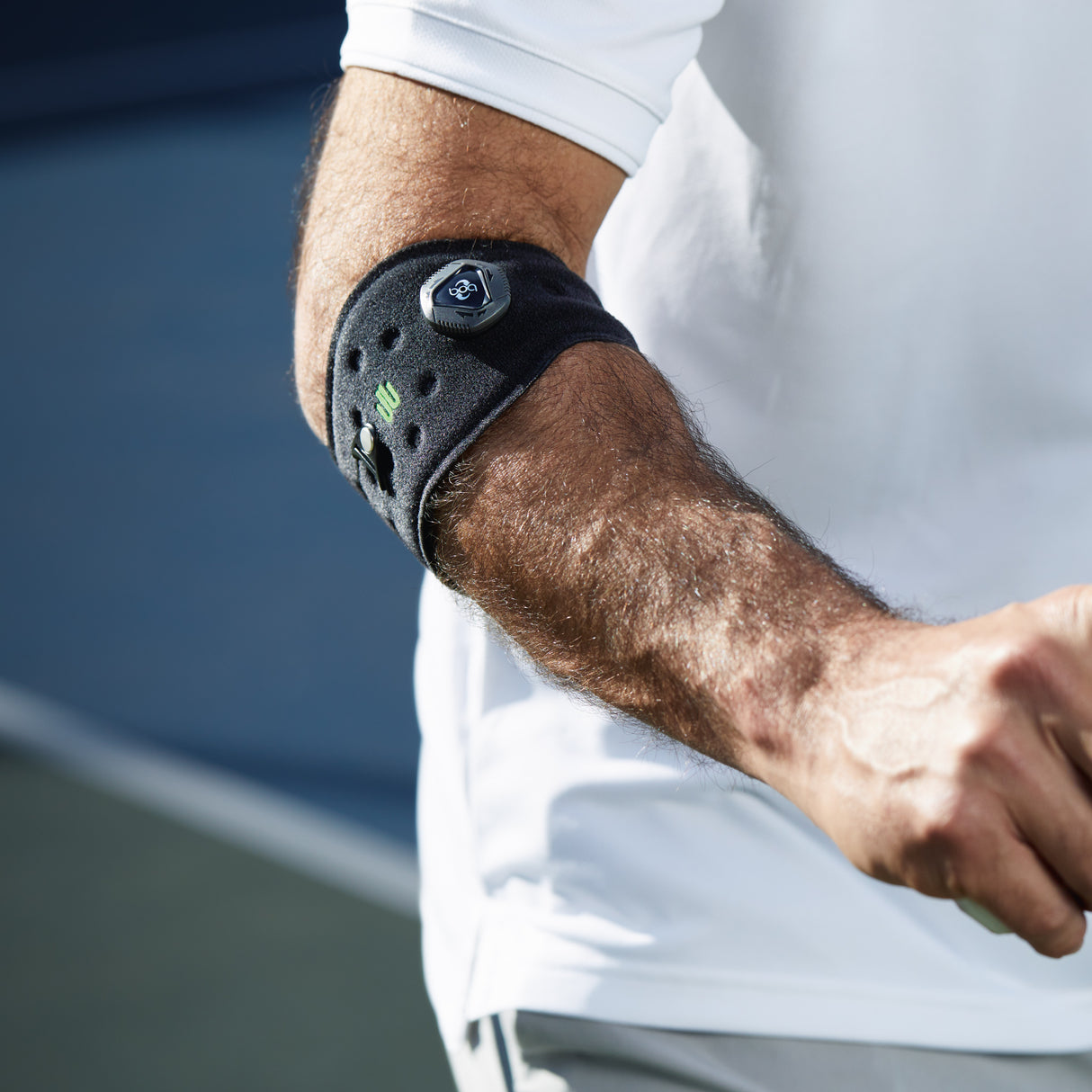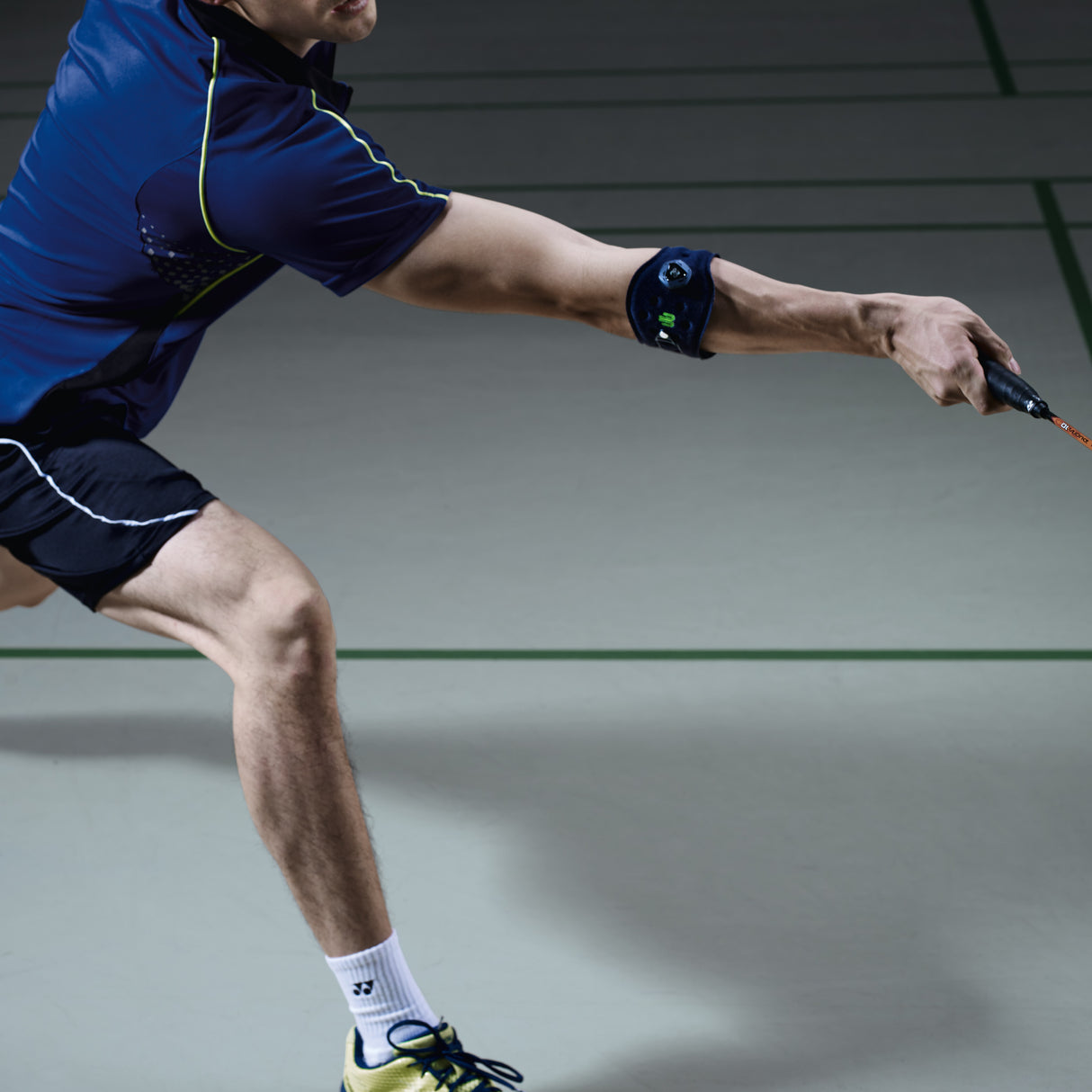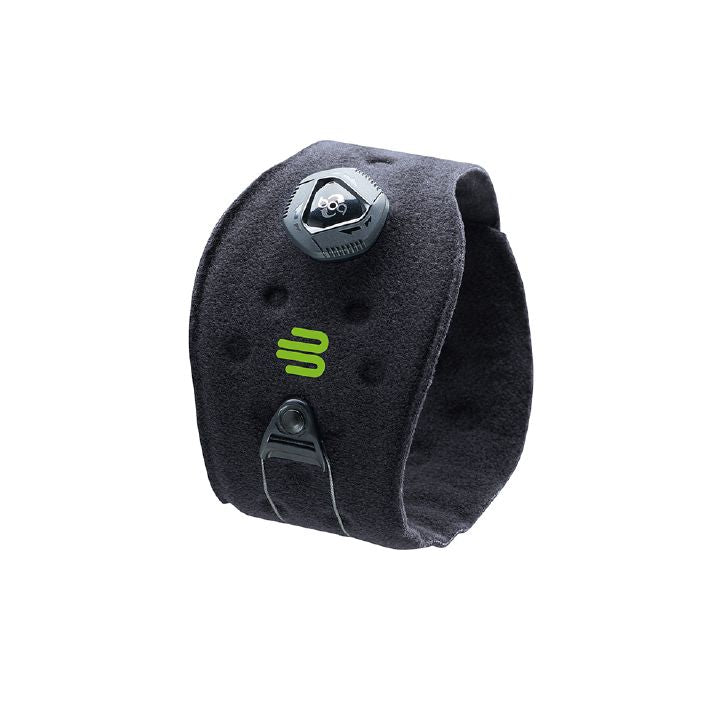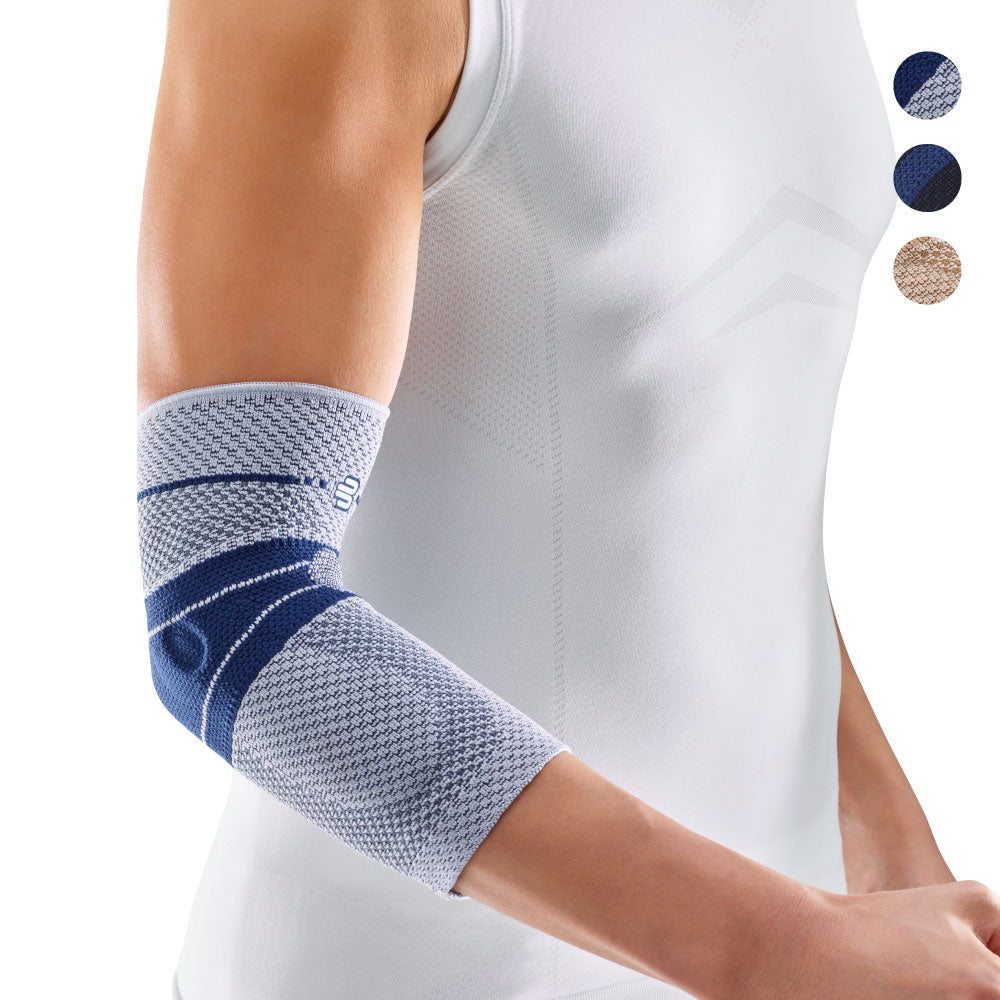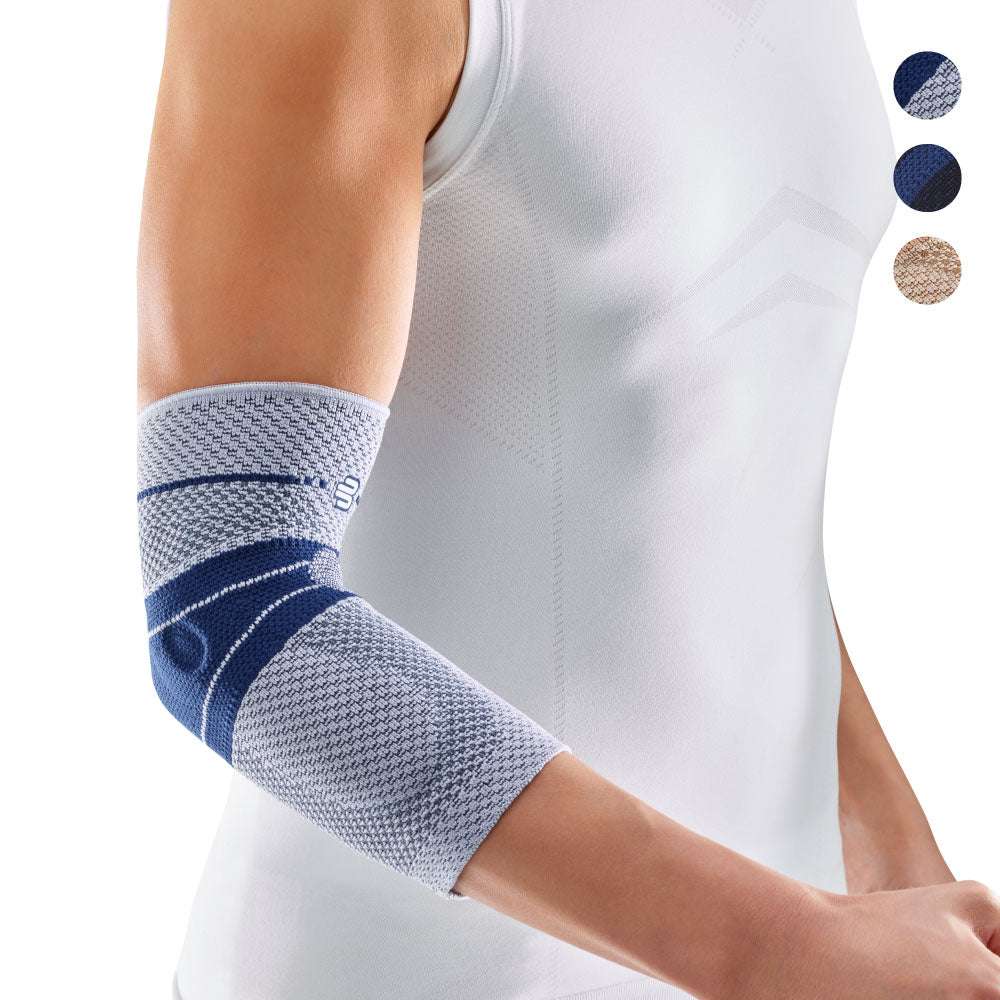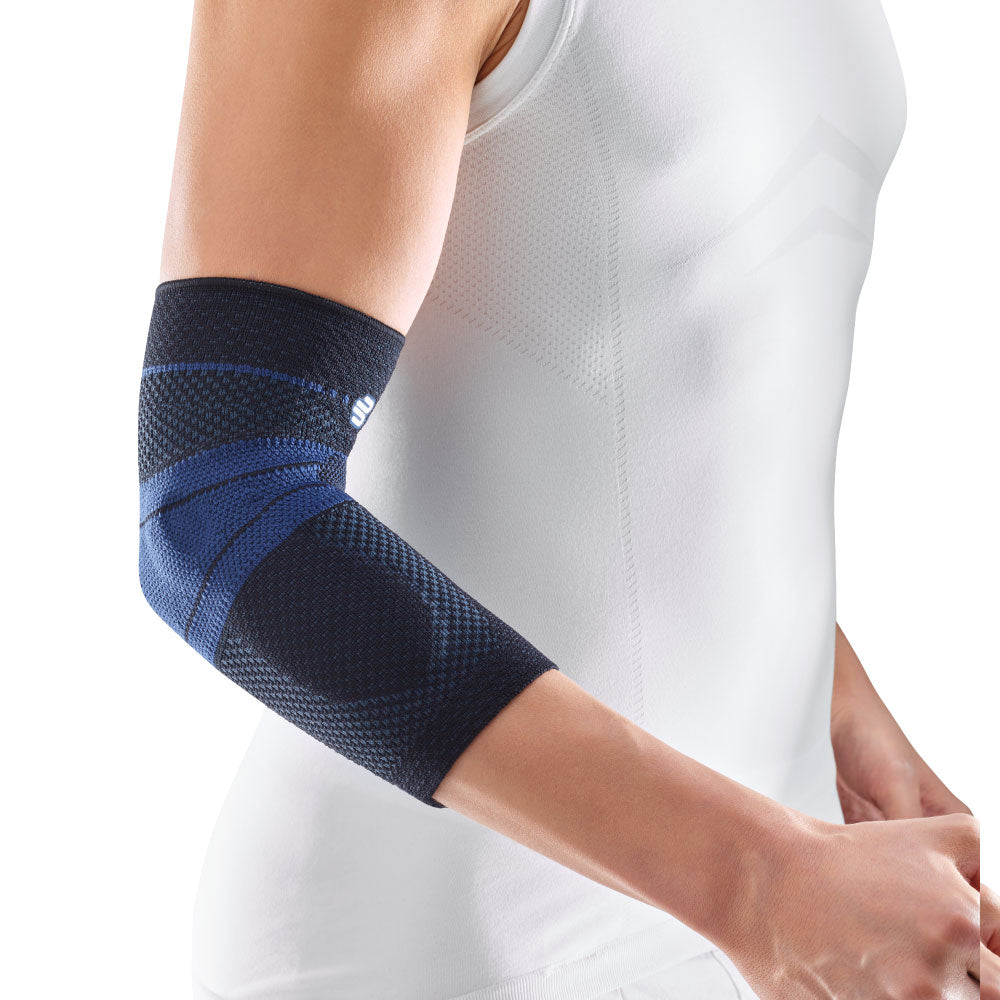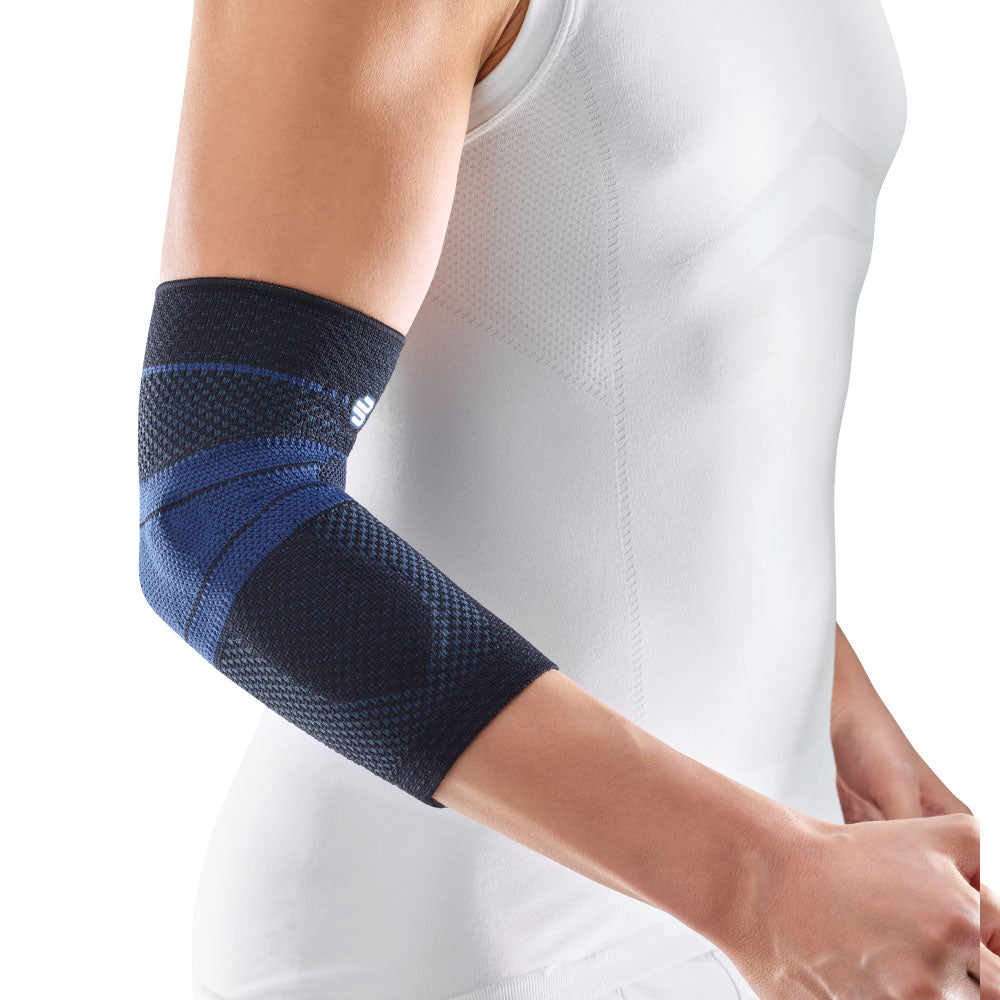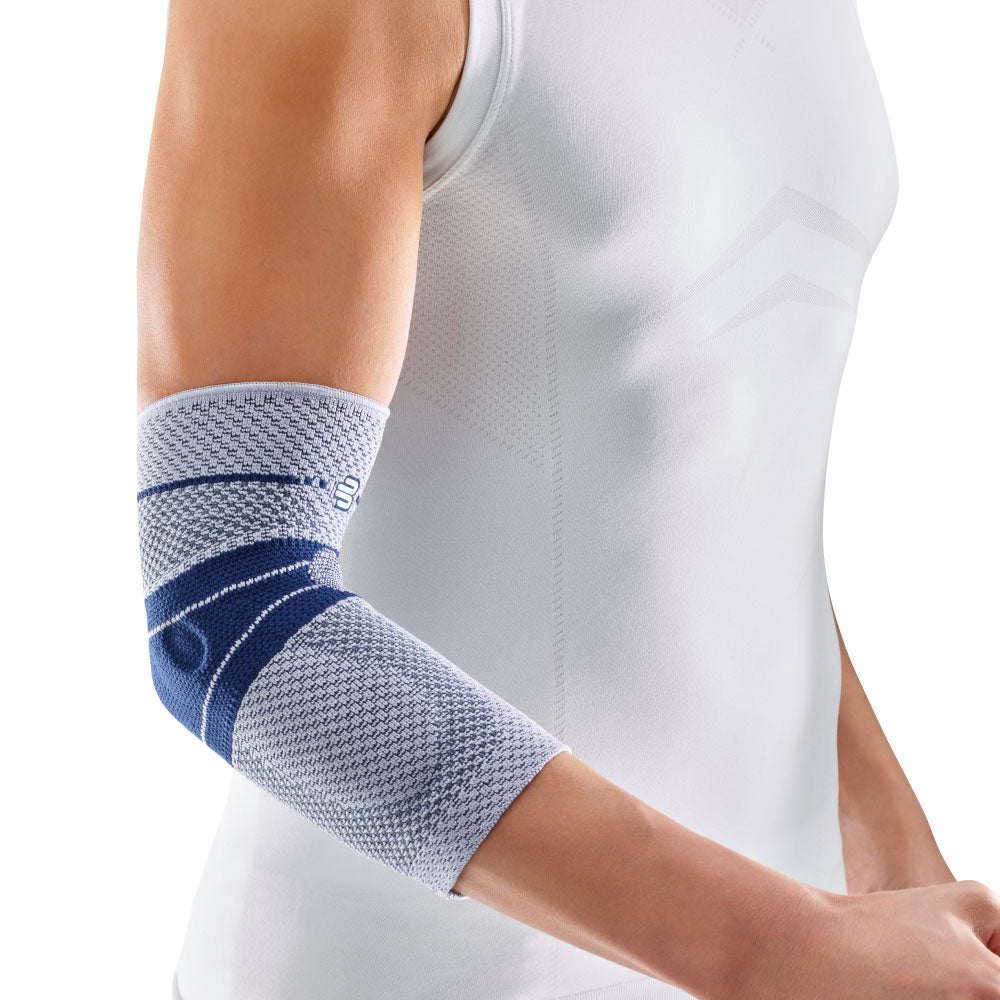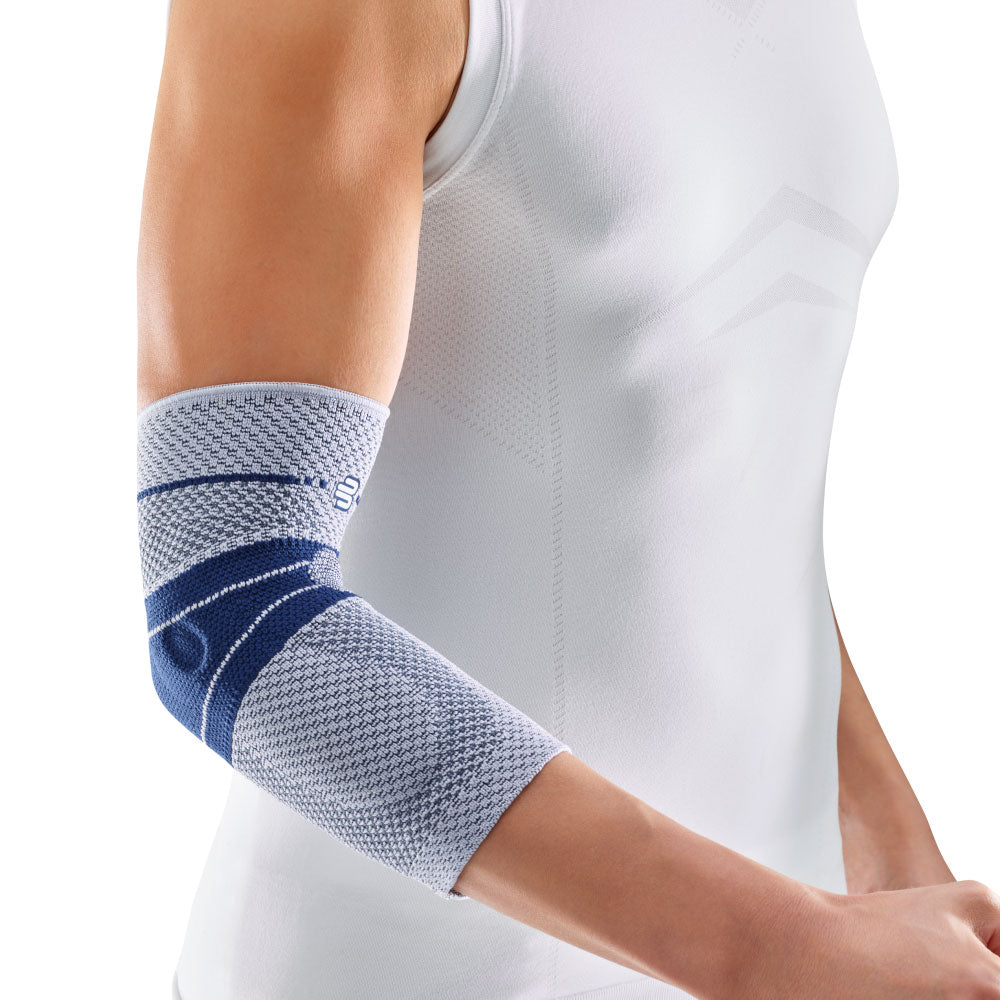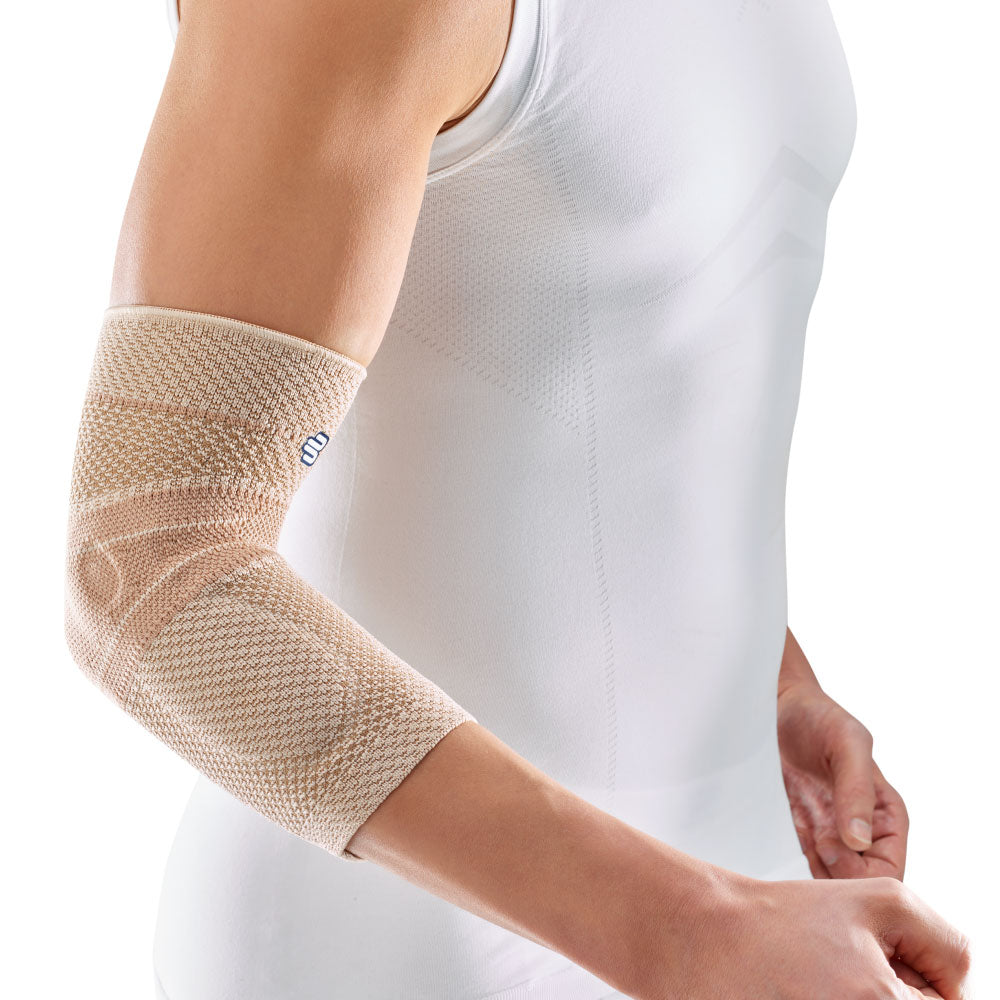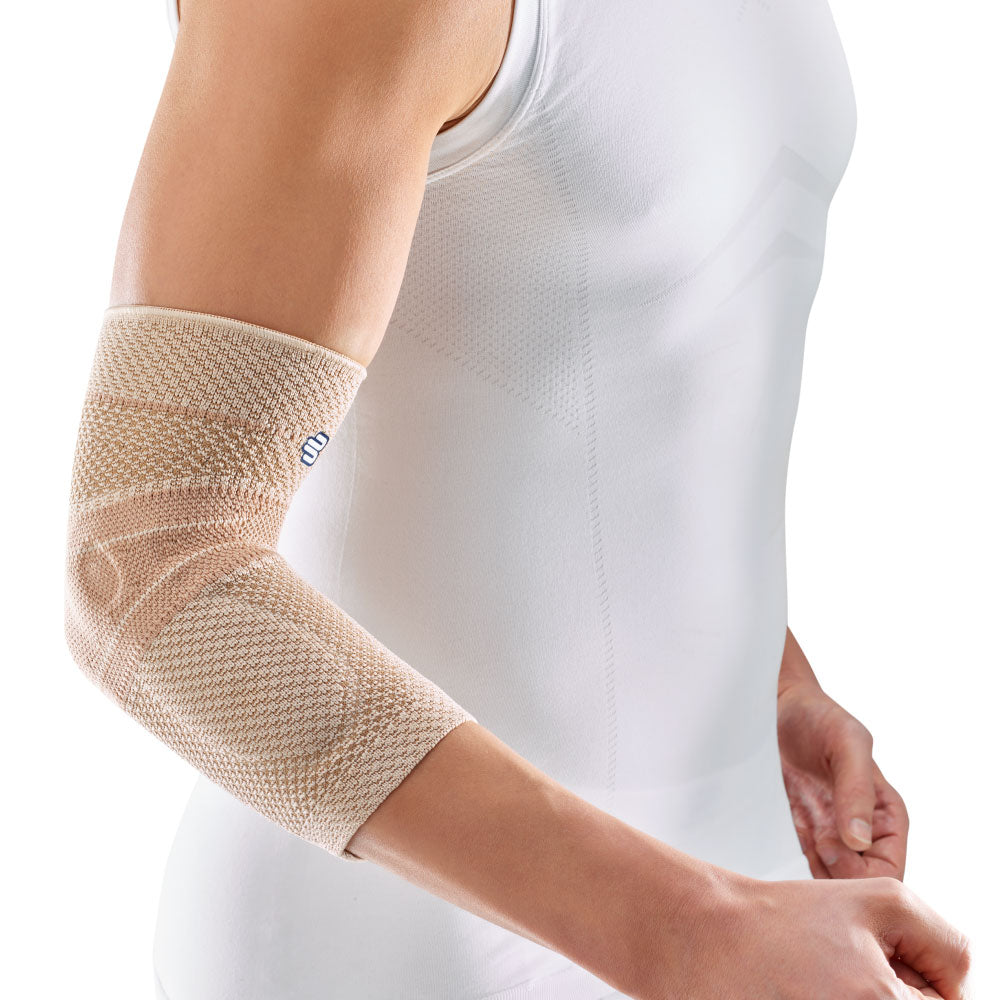Epicondylitis , often referred to as "tennis elbow," is a painful condition that occurs when the tendons in the elbow joint are overused. The pain is usually localized to the outer side of the elbow, but can also be felt on the inner side.
Causes
- Excessive strain: Repetitive movements that put strain on the elbow joint, such as sports activities (tennis, badminton, golf), playing musical instruments, computer work.
- Improper technique: Improper sports technique or work techniques can increase the risk of developing epicondylitis.
- Age: Age-related changes in tendons can make them more susceptible to injury.
- Other factors: Rheumatic diseases, diabetes can contribute to the development of epicondylitis.
Solutions
- Rest: Reduce stress on the injured arm, avoid activities that cause pain.
- Ice packs: Apply ice packs to the painful area several times a day to reduce inflammation and pain.
- Painkillers: Use over-the-counter painkillers, such as ibuprofen or paracetamol.
- Physiotherapy: Perform exercises to strengthen the forearm muscles and improve elbow joint mobility.
- Orthoses: Wear a special orthosis that supports the elbow joint and reduces the load on the tendons. Bauerfeind orthoses for the treatment of epicondylitis
- Corticosteroid injections: In more severe cases, your doctor may recommend injecting corticosteroids into the painful area to reduce inflammation.
- Shockwave therapy: This technique uses high-energy sound waves to stimulate tissue repair and relieve pain.
- Surgical intervention: If conservative treatments do not help, surgery may be necessary.
Important: If you have elbow pain, consult a doctor or physical therapist for an accurate diagnosis and an individualized treatment plan.

Prevention:
- Perform light stretching exercises for your forearm regularly.
- Warm up before physical activity.
- Avoid sudden and rapid movements.
- Use ergonomic work tools.
Note: This is only a general overview of the causes and solutions for epicondylitis. Each case is individual, and only a doctor can provide an accurate diagnosis and recommend the most appropriate treatment.
If you have any questions about epicondylitis or its treatment, consult your doctor or physical therapist.



